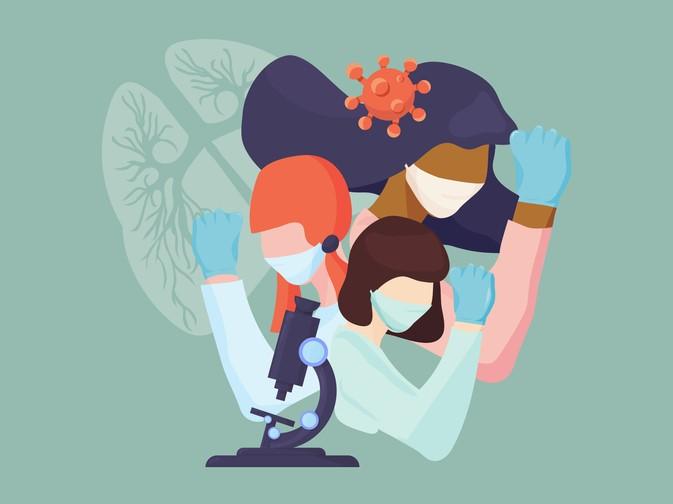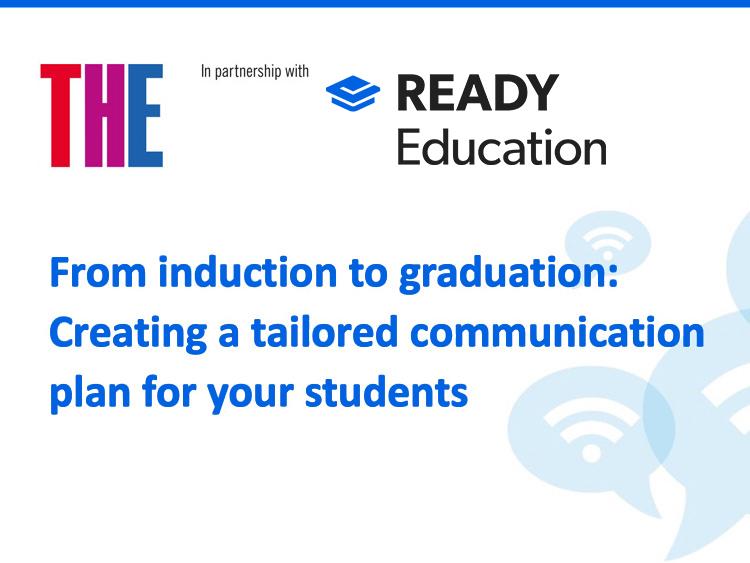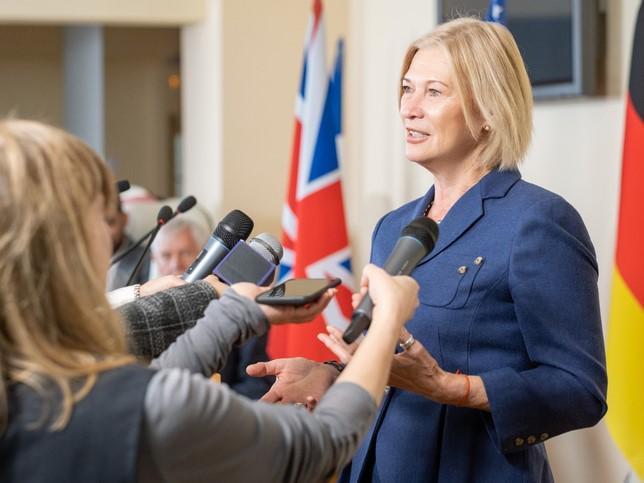My hope for 2023 is that the term “dumbing down” will be actively discouraged within the STEM community to the point of extinction.
The use of this term perpetuates an outdated view in the STEM sector that making complex information more accessible is inherently bad. With the pressing urgency of climate change, we need global engagement and the general public pushing our politicians for fast and lasting change.
Being elitist about how information is communicated harms discovery as much as it damages the public perception of science.
If scientists communicate only with people at their level of expertise or from a similar background, how will they change the world? How will they shift from providing knowledge to helping society create solutions? And how will they attract the brightest minds to their field of research if those minds are not aware of it or discover it too late to choose it as a study or career path?
- What’s the story? Creative ways to communicate your research
- Amplifying research: five features of successful impact generation
- Get your research out there: 7 strategies for high-impact science communication
To tackle climate change and realise the full and equitable potential of technology and scientific advancements, we need people from a diverse range of backgrounds, cultures and experiences working in STEM. This diversity will bring unique insights and perspectives that might have been overlooked in the past.
And it is crucial to have a science-literate society that is confident enough to engage in discussions on complex topics. This is essential to prevent misinformation and the influence of bad actors from derailing progress in these important areas.
How peer pressure can paralyse sci-comms
At my company, STEM Matters, we hear from some scientists that they fear that if they don’t convey all the nuanced detail of their research, they’ll be accused of being inaccurate by their peers and it will affect their reputation.
This peer pressure can paralyse communication, particularly in younger scientists. They need an environment that recognises that mass communication is a positive, not a negative, where experimentation in communication is as welcome as it is in research and where success in communication is rewarded.
And to create an environment like that needs sector-wide recognition that communication is a different skill, not a lesser skill.
My challenge to those who use the term “dumbing down” is to calculate how many years it has taken you to become an expert in this topic. Just think of how brilliant it is that in an article, video, podcast, piece of poetry, comedy or artwork someone has engaged people with this complicated subject.
Great storytelling is a different skill from scientific research, but it is not “dumbing down”. It’s patronising to both creatives and the general public to say this.
Lack of communication training harms science
Competitions such as the Three Minute Thesis and Fame Lab exist, in part, because scientists and researchers aren’t trained to communicate their work effectively and engagingly. The lack of training in undergraduate and postgraduate courses, and across researchers’ professional lives, undermines their careers, funding and impact. Communication skills are vital for funding applications, convincing colleagues and superiors to support one’s work, pitching to industry, and engaging donors and communities.
The lack of training also sends a strong message to the research community that communication isn’t an important part of science.
As Sir Mark Walport, former UK chief scientific adviser, said to a gathering of scientists back in 2013: “You need to communicate effectively. This isn’t something just for government chief scientists; it is something for the scientific community. Science isn’t finished until it’s communicated. The communication to wider audiences is part of the job of being a scientist, and so how you communicate is absolutely vital.”
The myth that the public aren’t interested in science
There is a common misconception that the public are not interested in science because there is little coverage of it in the media. However, this is a false assumption. The media does not represent the public’s interests but rather reflects the interests of the media owners, who are often from arts, business and law backgrounds and have their own business goals. That there is more political coverage than science coverage reflects a desire to influence political outcomes.
When I was publishing the Australian science magazine Cosmos, I frequently spoke with our readers, who came from diverse backgrounds and educational levels. What did they love? Complex physics stories. The general public is not uninterested in science but rather there is a mismatch between the public’s interest in science and the number of science stories in the media. Additionally, as I have argued in an earlier opinion piece, universities are not effectively filling this gap with engaging and audience-focused science content on their websites.
Understand who you are engaging with
Science needs to meet people where they are and not assume that everyone experiences the world in the same way. In 2021, I interviewed science communicator and ornithologist Corina Newsome, and she made the compelling argument that scientists and science communicators need to overcome a lack of intersectionality, where those who are communicating do not understand the discrimination and marginalisation faced by the communities they are trying to engage.
“I think it’s one of the root causes for why we see the pattern that we do as far as who’s communicating science, who’s hearing that communication, who’s receptive to it,” she said.
Newsome gave vaccine hesitancy as an example. “Simply telling people ‘You need to get vaccinated because this could happen to you’ is not enough.” She pointed to the infamous four-decade Tuskegee syphilis study begun by the US Public Health Service in the 1930s, in which black men infected with syphilis were left untreated so that researchers could study the course of the disease – despite the fact that a cure was available. It’s this kind of medical exploitation, along with the ongoing hurdles that black patients are often forced to navigate when interacting with medical professionals, that has resulted in rightful hesitancies to engage with the US medical system today, Newsome said.
Climate change and conservation are other issues where communicators need to better understand their audience. Newsome said that when she talks about climate change, she often centres people in the conversation rather than wildlife.
“In communities like mine, ones that are often forced into the margins of society – black and indigenous and brown communities – wildlife impacts are not always the first priority because survival is the first priority,” she said, adding that while they absolutely care about the environment, black and indigenous people have also been exploited in the guise of conservation.
“The government will literally strip people of their land, flood people out to create the habitat for endangered wildlife,” she said.
Perspective is everything!
So the next time someone around you uses the expression “dumbing down”, challenge them to rethink their own biases and to engage with people who aren’t mirrors of themselves.
Kylie Ahern is publisher of The Brilliant and CEO of STEM Matters.
This is an edited version of the post “Scientists, please stop saying ‘dumbing down’”, which was published on The Brilliant on 14 February 2023.
If you would like advice and insight from academics and university staff delivered direct to your inbox each week, sign up for the Campus newsletter.




comment